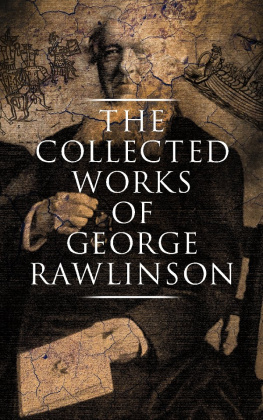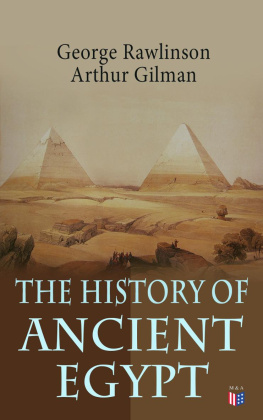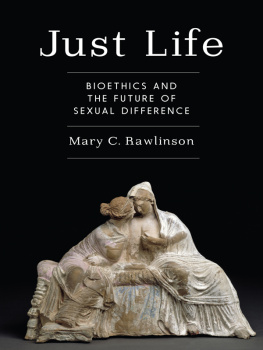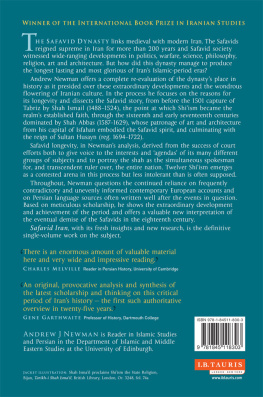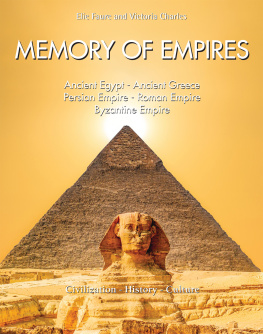EXTENT OF THE EMPIRE.
THE GEOGRAPHICAL EXTENT OF THE Fifth Monarchy was far greater than that of any one of the four which had preceded it. While Persia Proper is a comparatively narrow and poor tract, extending in its greatest length only some seven or eight degrees (less than 500 miles), the dominions of the Persian kings covered a space fifty-six degrees long, and in places more than twenty degrees wide. The boundaries of their empire were the desert of Thibet, the Sutlej, and the Indus, on the east; the Indian Sea, the Persian Gulf, the Arabian and Nubian deserts, on the south; on the west, the Greater Syrtis, the Mediterranean, the Egean, and the Strymon river; on the north, the Danube, the Black Sea, the Caucasus, the Caspian, and the Jaxartes. Within these limits lay a territory, the extent of which from east to west was little less than 3000 miles, while its width varied between 500 and 1500 miles. Its entire area was probably not less than, two millions of square milesor more than half that of modern Europe. It was thus at least eight times as large as the Babylonian Empire at its greatest extent, and was probably more than four times as large as the Assyrian.
The provinces included within the Empire may be conveniently divided into the Central, the Western, and the Eastern. The Central are Persia Proper, Susiana, Babylonia, Assyria, Media, the coast tract of the Caspian, and Sagartia, or the Great Desert. The Western are Paeonia, Thrace, Asia Minor, Armenia, Iberia, Syria and Phoenicia, Palestine, Egypt, and the Cyrenaica. The Eastern are Hyrcania, Parthia, Aria, Chorasmia, Sogdiana, Bactria, Scythia, Gandaria, Sattagydia, India, Paricania, the Eastern AEthiopia, and Mycia.
Of these countries a considerable number have been already described in these volumes. Susiana, Babylonia, Assyria, Media, the Caspian coast, Armenia, Syria, Phoenicia, and Palestine, belong to this class; and it may be assumed that the reader is sufficiently acquainted with their general features. It would therefore seem to be enough in the present place to give an account of the regions which have not yet occupied our attention, more especially of Persia Properthe home of the dominant race.
Persia Proper seems to have corresponded nearly to that province of the modern Iran, which still bears the ancient name slightly modified, being called Farsistan or Fars. The chief important difference between the two is, that whereas in modern times the tract called Herman is regarded as a distinct and separate region, Carmania anciently was included within the limits of Persia. Persia Proper lay upon the gulf to which it has given name, extending from the mouth of the Tab (Oroatis) to the point where the gulf joins the Indian Ocean. It was bounded on the west by Susiana, on the north by Media Magna, on the east by Mycia, and on the south by the sea. Its length seems to have been about 450, and its average width about 250 miles. It thus contained an area of rather more than 100,000 square miles.
In modern times it is customary to divide the province of Fars into the ghermsir, or, warm district, and the serdsir, or cold region"and the physical character of the country must have made such a division thoroughly appropriate at every period. The warm district is a tract of sandy plain, often impregnated with salt, which extends between the mountains and the sea the whole length of the province, being a continuation of the flat region of Susiana, but falling very much short of that region in all the qualities which constitute physical excellence. The soil is poor, consisting of alternate sand and clayit is ill-watered, the entire tract possessing scarcely a single stream worthy of the name of riverand, lying only just without the northern Tropic, the district is by its very situation among the hottest of western Asia. It forms, however, no very large portion of the ancient Persia, being in general a mere strip of land, from ten to fifty miles wide, and thus not constituting more than an eighth part of the territory in question.
The remaining seven eighths belong to the serdsir, or cold region. The mountain-range which under various names skirts on the east the Mesopotamian lowland, separating off that depressed and generally fertile region from the bare high plateau of Iran, and running continuously in a direction parallel to the course of the Mesopotamian streamsi.e. from the north-west to the south-eastchanges its course as it approaches the sea, sweeping gradually round between long. 50 and 55, and becoming parallel to the coast-line, while at the same time it broadens out, till it covers a space of nearly three degrees, or above two hundred miles. Along the high tract thus created lay the bulk of the ancient Persia, consisting of alternate mountain, plain, and narrow valley, curiously intermixed, and as yet very incompletely mapped. This region is of varied character. In places richly, fertile, picturesque, and romantic almost beyond imagination, with lovely wooded dells, green mountain-sides, and broad plains suited for the production of almost any crops, it has yet on the whole a predominant character of sterility and barrenness, especially towards its more northern and eastern portions. The supply of water is everywhere scanty. Scarcely any of the streams are strong enough to reach the sea. After short courses they are either absorbed by the sand or end in small salt lakes, from which the superfluous water is evaporated. Much of the country is absolutely without streams, and would be uninhabitable were it not for the kanats, or karizes, subterranean channels of spring-water, described at length in a former volume.
The only rivers of the district which deserve any attention are the Tab (or Oroatis), whereof a description has been already given, the Kur or Bendamir (called anciently Araxes), with its tributary, the Pulwar (or Cyrus), and the Khoonazaberni or river of Khisht.
The Bendamir rises in the mountains of the Bakhtiyari chain, in lat. 30 35, long. 51 50 nearly, and runs with a course which is generally south-east, past the ruins of Persepolis, to the salt lake of Neyriz or Kheir, which it enters in long. 53 30. It receives, where it approaches nearest to Persepolis, the Pulwar or Kur-ab, a small stream coming from the north-east and flowing by the ruins of both Pasargadae and Persepolis. A little below its junction with this stream the Bendamir is crossed by a bridge of five arches, and further down, on the route between Shiraz and Herman, by another of twelve. Here its waters are to a great extent drawn off by means of canals, and are made to fertilize a large tract of rich flat country on either bank, after which the stream pursues its course with greatly diminished volume to the salt lake in which it ends. The entire course, including only main windings, may be estimated at 140 or 150 miles.
The Khoonazaberni or river of Khisht rises near the ruins of Shapur, at a short distance from Kazerun, on the route between Bushire and Shiraz, and flows in a broad valley between lofty mountains towards the south-west, entering the Persian Gulf by three mouths, the chief of which is at Rohilla, twenty miles north of Bushire, where the stream has a breadth of sixty yards, and a depth of about four feet. Above Khisht the river is already thirty yards wide. Its chief tributary is the Dalaki stream, which enters it from the east, nearly in long. 51. The entire course of the Khisht river may be about 95 or 100 miles. Its water is brackish except near the source.




